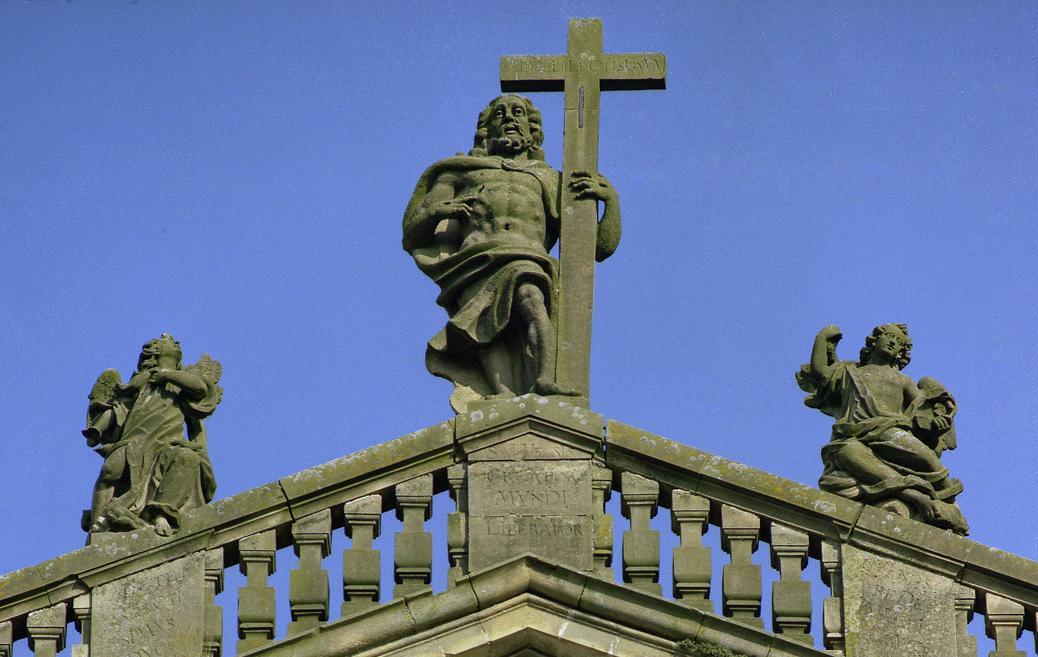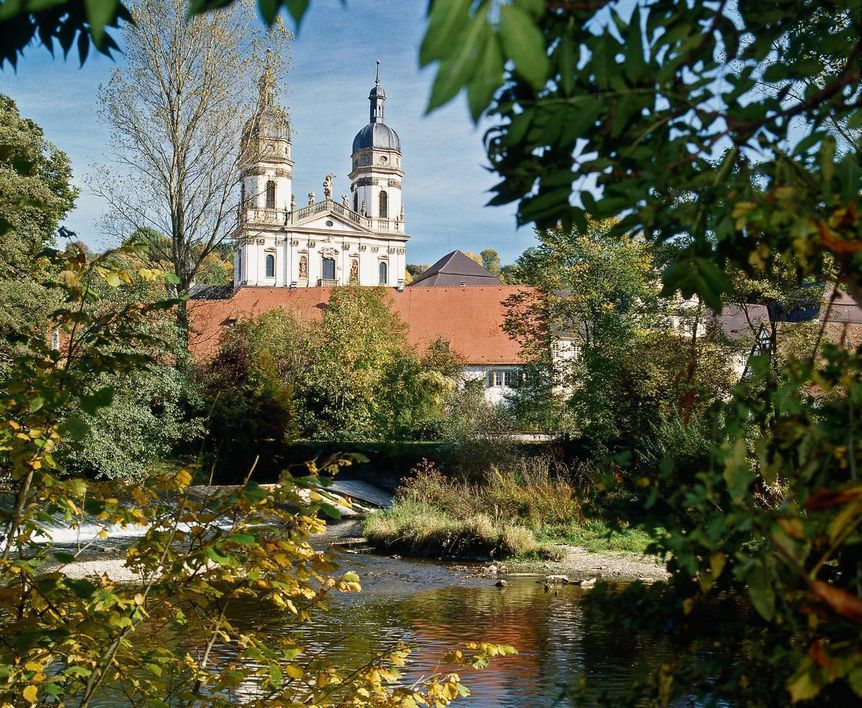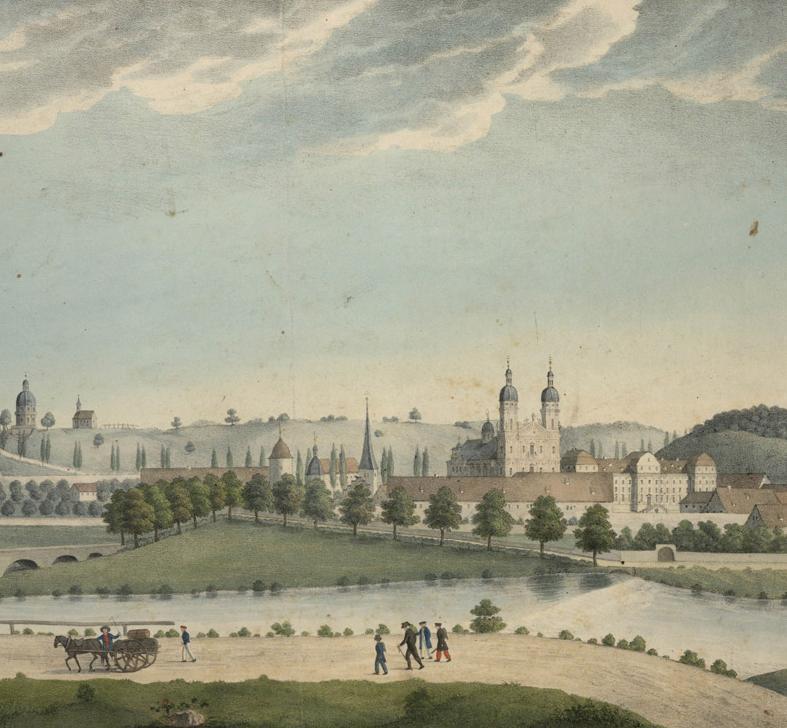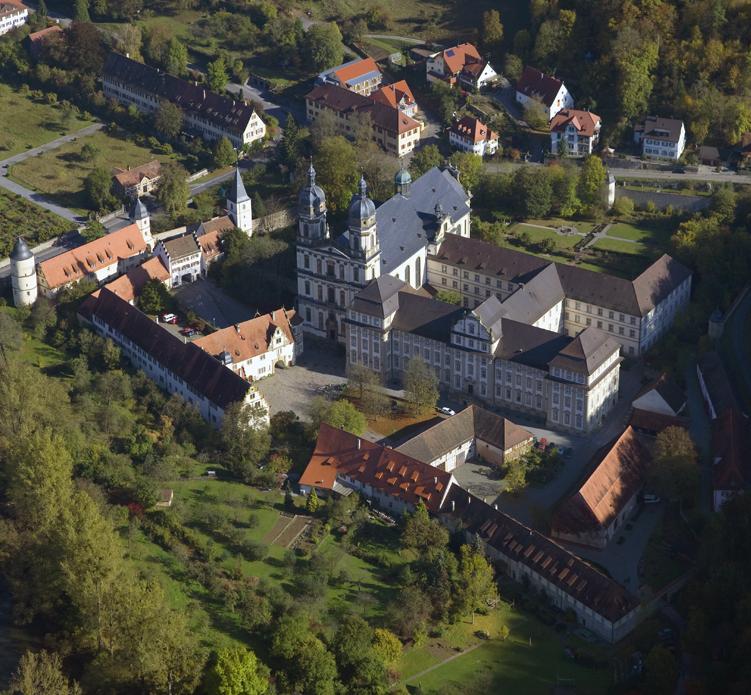From flourishing monastery to modern educational centerMilestones
The Cistercian monastery in Schöntal experienced a fateful rise and fall: from its start in the mid 12th century to the crises during the Peasants' War and the Reformation, from its revival in the Baroque period to its end in the early 19th century.






